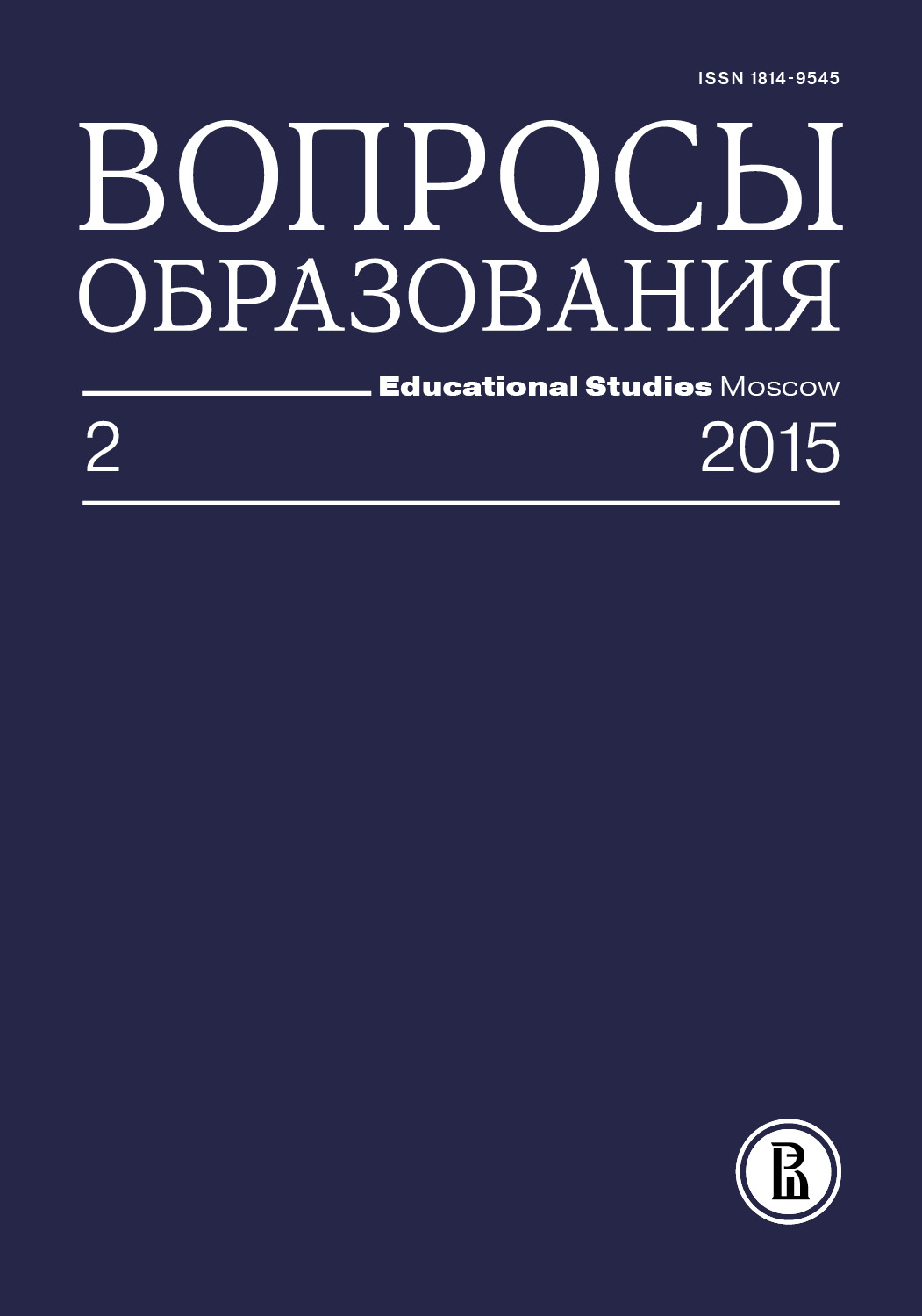Ethnic Composition and Migration Status of Primary and Secondary School Students in Russia
Abstract
Data on ethnic diversity and ethnicity/migration correlation among primary and secondary school students is presented in the article for the first time ever. The study is based on polls held among 21,320 school students in 365 schools of five regions of Russia (Moscow Oblast, Saint Petersburg, Leningrad Oblast, Tomsk, and Pskov). The most part of students speaking Russian as their second language attend schools of Moscow suburbs area (16%) with the least part attending schools of small towns and settlements of Leningrad Oblast (6.6%) and Pskov (8.5%). The sample covers 56 ethnic groups with some being rather small. In Saint Petersburg, Pskov and Tomsk there are 63–66% locals among children speaking Russian as their first language, whereas in Moscow suburbs area there are 44% only. Among ethnic minorities, the highest numbers of locals are in Tomsk and Pskov (38–39%). In Saint Petersburg there are more locals or second generation migrants among Ukrainians, Belarusians and Tatars, whereas “generation 1.5” migrants prevail in number among Tadzhiks and Uzbeks (46–49%). Generation 1.5 migrants prevail among all ethnic groups in Moscow suburbs area with Uzbeks and Tadzhiks being the most prevailing (62%). In Tomsk, most of the ethnic minorities’ representatives are either locals or second-generation migrants. Statistics on ethnic and migration status of school students allows for assessment not only of the scale of migration flows but also of a retrospective time dynamics for various ethnic groups. Families from Ukraine, Azerbaijan, Armenia, and Georgia were actively moving to Russia 15–20 years ago. Now there is massive migration going on among Tadzhiks, Uzbeks and Kyrgyz who bring their children of various ages. We believe that education management authorities should initiate prudent integration of school students with Russian as their second language irrelevant of their citizenship but with consideration of their families’ migration background.









